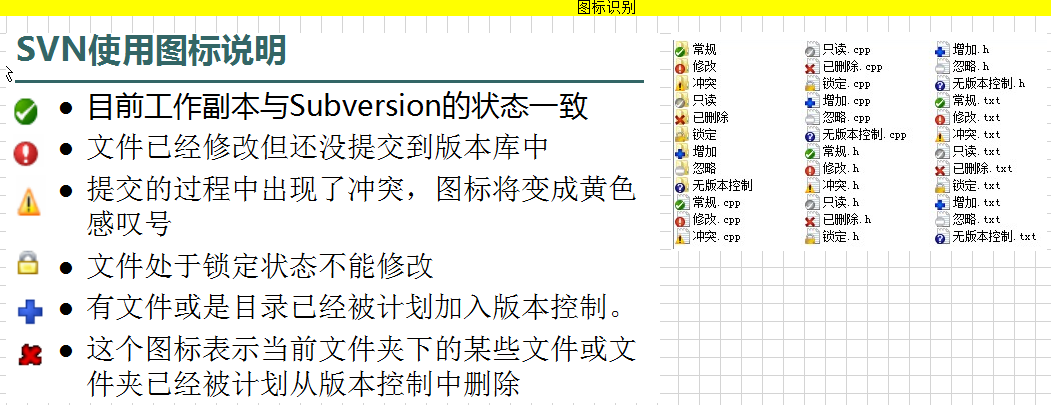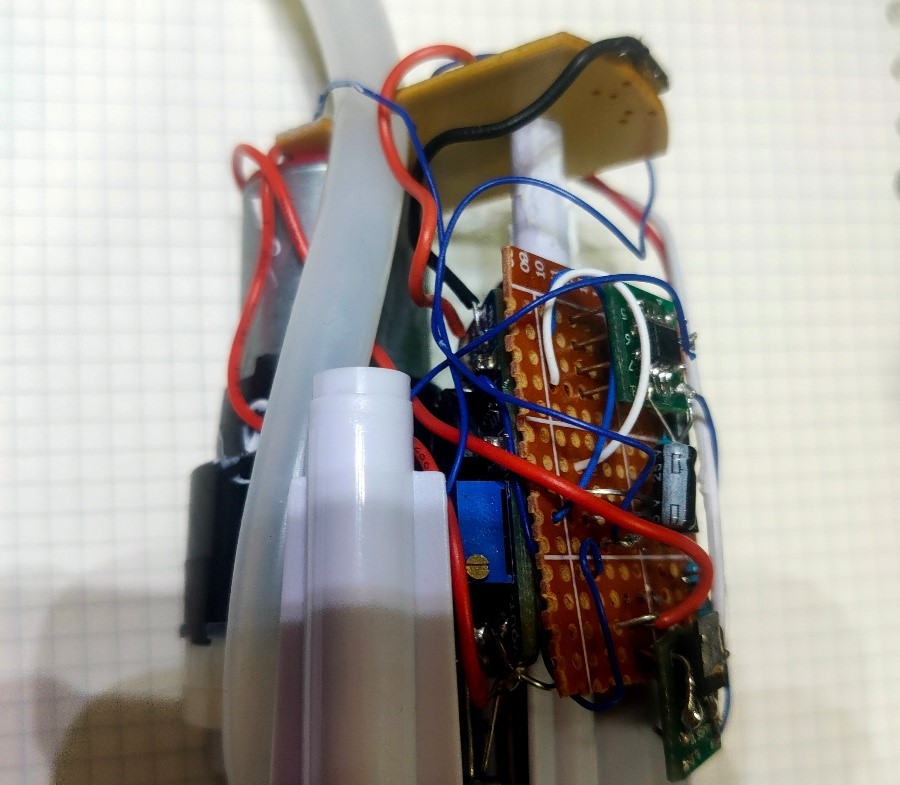目录
1. 概要
2. 实现
3. 运行结果
1. 概要
CliffWalking-v0是gym库中的一个例子[1],是从Sutton-RLbook-2020的Example6.6改编而来。不过本文不是关于gym中的CliffWalking-v0如何玩的,而是关于基于策略迭代求该问题最优解的实现例。

CliffWalking-v0的游戏环境是一个4*12的网格(如上图【1】所示)。游戏规则如下:
Agent从左下角出发,在每个网格中,可以采取{UP,DOWN,RIGHT,LEFT}中任意一个动作。但是,如果采取动作后会越出边界的话,就退回原地。到达右下角的网格的话,一局游戏结束。
最下面一排网格中除了左下角(出发网格)和右下角(目标网格)以外,是所谓的悬崖网格,如果采取行动后掉入悬崖网格,会得到-100点的奖励(或者说惩罚),并且会被直接扔回出发点。其它情况下,每次行动有-1点的奖励(或者说惩罚)。Agent必需最小化到达目标网格的开销(最大化奖励,或者说最小化惩罚)。
这个游戏非常简单,不用计算,直觉就可以知道,最优策略是:在出发点向上走一格;然后在第3行一路右行;到达最右侧后向下移动一格后即到达目标网格。总的奖励是-13点。
以下给出基于策略迭代算法来求解这个问题的最优策略,看看能不能得出以上直觉上的最优策略。
2. 实现
CliffWalking-v0游戏的环境设定类似于GridWorld,所以这里采用了类似于GridWorld的状态表示方法。环境类对象创建时,用一个二维数组表示网格环境中各cell的类型,“1”表示Terminate cell;“-1”表示Cliff cells;“0”表示其它cells。如下所示:
grid = [
[0, 0, 0, 0, 0, 0, 0, 0, 0, 0, 0, 0],
[0, 0, 0, 0, 0, 0, 0, 0, 0, 0, 0, 0],
[0, 0, 0, 0, 0, 0, 0, 0, 0, 0, 0, 0],
[0, 0, 0, 0, 0, 0, 0, 0, 0, 0, 0, 0]
]
grid[3][11] = 1 # Terminate cell
for k in range(1,11):
grid[3][11] = -1 # Cliff cells环境的转移状态函数P(s’,r|s,a)用Environment::transit_func()实现,如下所示:
def transit_func(self, state, action):
"""
Prob(s',r|s,a) stored in one dict[(s',reward)].
"""
transition_probs = {}
if not self.can_action_at(state):
# Already on the terminal cell.
return transition_probs
opposite_direction = Action(action.value * -1)
for a in self.actions:
prob = 0
if a == action:
prob = self.move_prob
elif a != opposite_direction:
prob = (1 - self.move_prob) / 2
next_state = self._move(state, a)
if next_state.row == (self.row_length - 1) and 0 < next_state.column < (self.column_length - 1):
reward = -100
next_state = State(self.row_length - 1, 0) # Return to start grid when falls into cliff grid.
else:
reward = -1
if (next_state,reward) not in transition_probs:
transition_probs[(next_state,reward)] = prob
else:
transition_probs[(next_state,reward)] += prob
return transition_probs
def can_action_at(self, state):
'''
Assuming:
grid[i][j] = 1: Terminate grid
grid[i][j] =-1: Cliff grids
grid[i][j] = 0: Other grids
'''
if self.grid[state.row][state.column] == 0:
return True
else:
return False
def _move(self, state, action):
"""
Predict the next state upon the combination of {state, action}
{state, action} --> next_state
Called in transit_func()
"""
if not self.can_action_at(state):
raise Exception("Can't move from here!")
next_state = state.clone()
# Execute an action (move).
if action == Action.UP:
next_state.row -= 1
elif action == Action.DOWN:
next_state.row += 1
elif action == Action.LEFT:
next_state.column -= 1
elif action == Action.RIGHT:
next_state.column += 1
# Check whether a state is out of the grid.
if not (0 <= next_state.row < self.row_length):
next_state = state
if not (0 <= next_state.column < self.column_length):
next_state = state
# Entering into cliff grids is related to the correspong penalty and
# reset to start grid, hence will be handled upper layer.
return next_statePlanner类实现一个规划基类,进一步PolicyIterationPlanner类作为Planner子类实现了基于策略迭代的规划器,其中核心就是PolicyIterationPlanner:: policy_evaluation() 和 PolicyIterationPlanner::plan()。策略迭代算法在上一篇(RL笔记:动态规划(2): 策略迭代)中已经介绍,此处不再赘述。
PolicyIterationPlanner:: policy_evaluation()实现的是策略评估,如下所示:
def policy_evaluation(self, gamma, threshold):
V = {}
for s in self.env.states:
# Initialize each state's expected reward.
V[s] = 0
while True:
delta = 0
for s in V:
expected_rewards = []
for a in self.policy[s]:
action_prob = self.policy[s][a]
r = 0
for prob, next_state, reward in self.transitions_at(s, a):
r += action_prob * prob * \
(reward + gamma * V[next_state])
expected_rewards.append(r)
value = sum(expected_rewards)
delta = max(delta, abs(value - V[s]))
V[s] = value
if delta < threshold:
break
return VPolicyIterationPlanner::plan()则实现了完整的策略迭代算法(策略评估部分调用了policy_evaluation())代码如下所示:
def plan(self, gamma=0.9, threshold=0.0001):
"""
Implement the policy iteration algorithm
gamma : discount factor
threshold: delta for policy evaluation convergency judge.
"""
self.initialize()
states = self.env.states
actions = self.env.actions
def take_max_action(action_value_dict):
return max(action_value_dict, key=action_value_dict.get)
while True:
update_stable = True
# Estimate expected rewards under current policy.
V = self.policy_evaluation(gamma, threshold)
self.log.append(self.dict_to_grid(V))
for s in states:
# Get an action following to the current policy.
policy_action = take_max_action(self.policy[s])
# Compare with other actions.
action_rewards = {}
for a in actions:
r = 0
for prob, next_state, reward in self.transitions_at(s, a):
r += prob * (reward + gamma * V[next_state])
action_rewards[a] = r
best_action = take_max_action(action_rewards)
if policy_action != best_action:
update_stable = False
# Update policy (set best_action prob=1, otherwise=0 (greedy))
for a in self.policy[s]:
prob = 1 if a == best_action else 0
self.policy[s][a] = prob
# Turn dictionary to grid
self.V_grid = self.dict_to_grid(V)
self.iters = self.iters + 1
print('PolicyIteration: iters = {0}'.format(self.iters))
self.print_value_grid()
print('******************************')
if update_stable:
# If policy isn't updated, stop iteration
break3. 运行结果
运行结果如下(右下角可以忽视,因为到达右下角后游戏结束了,不会再有进一步的行动了):

由此可见,以上实现的确得出了跟直感相同的最优策略。
完整代码参见:reinforcement-learning/CliffWalking-v0.py
本强化学习之学习笔记系列总目录参见:强化学习笔记总目录
[1] Cliff Walking - Gym Documentation (gymlibrary.dev)
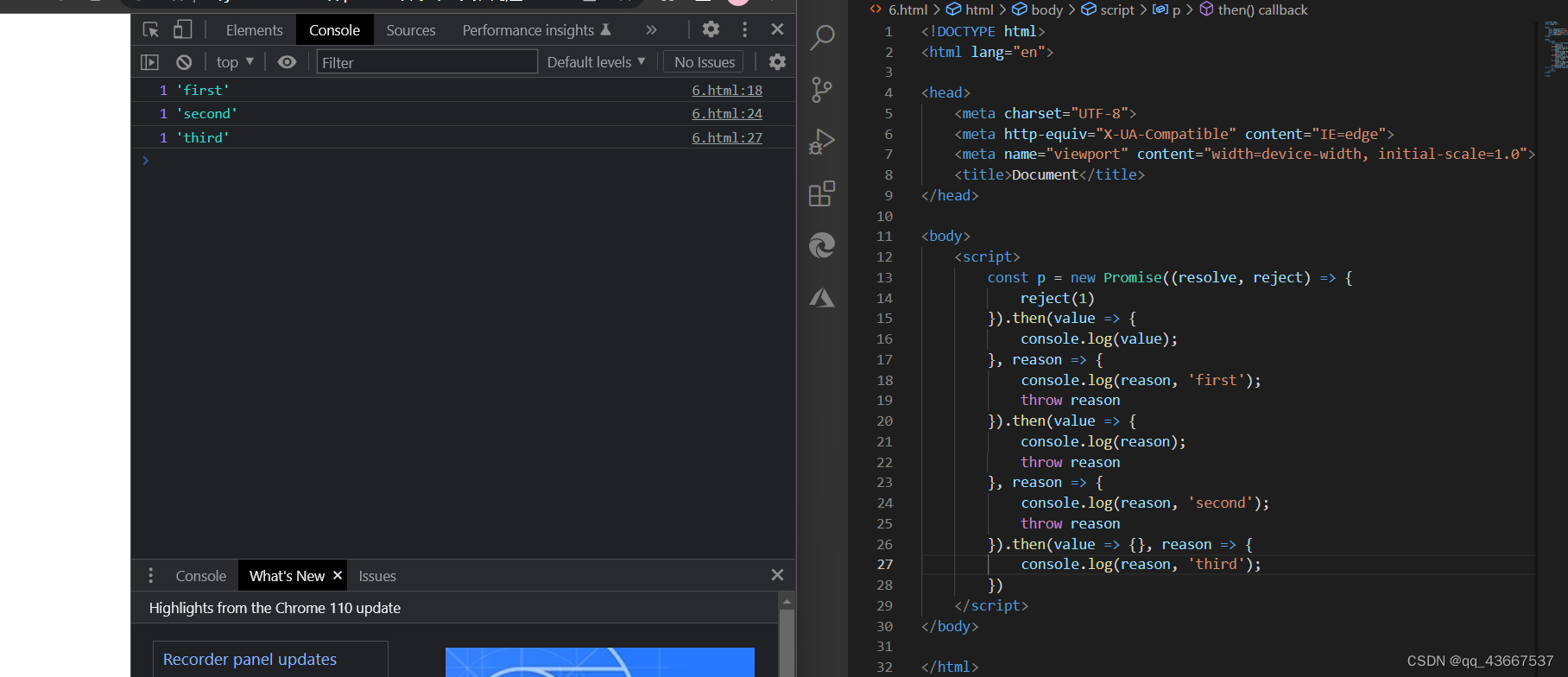
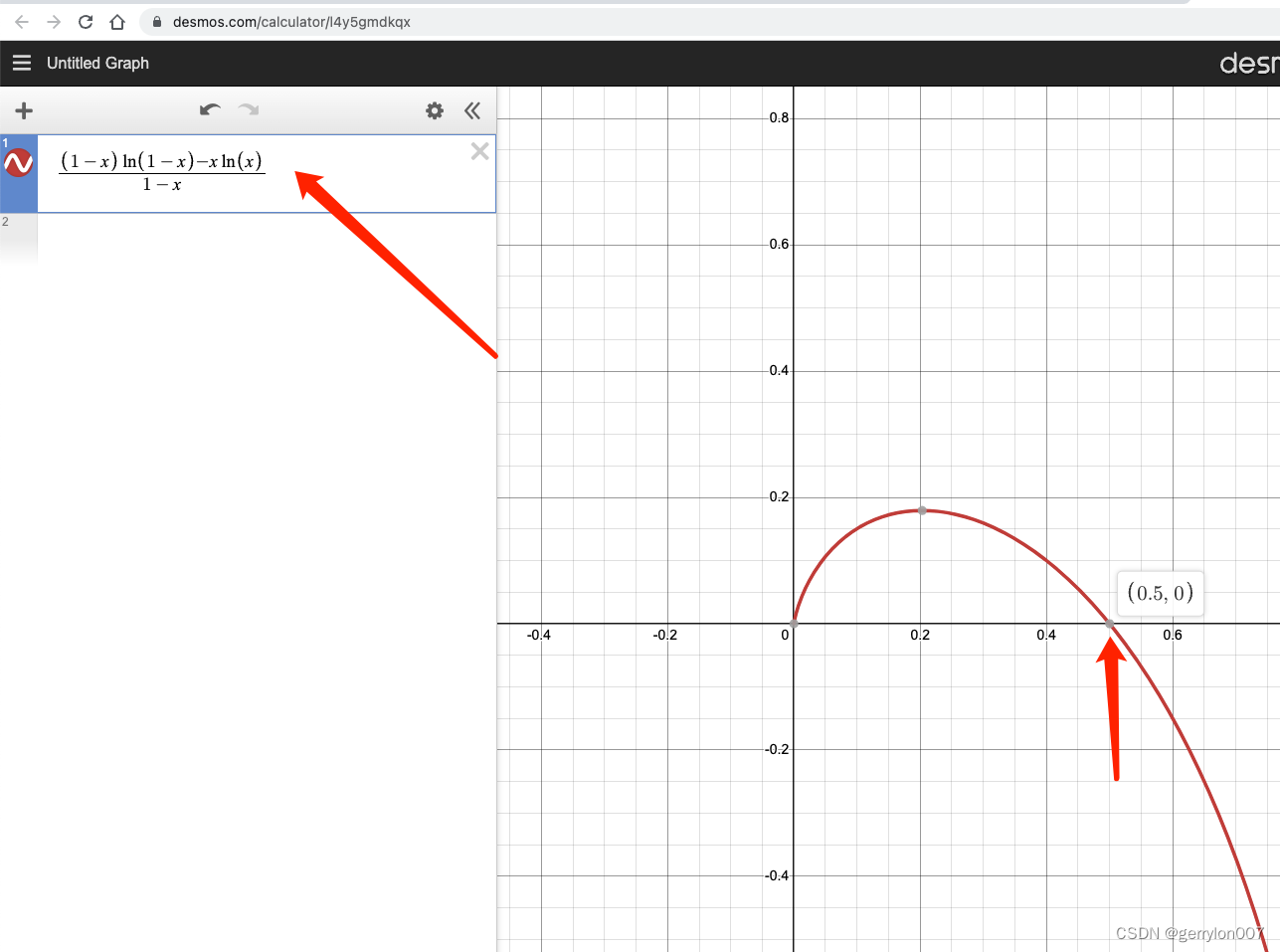
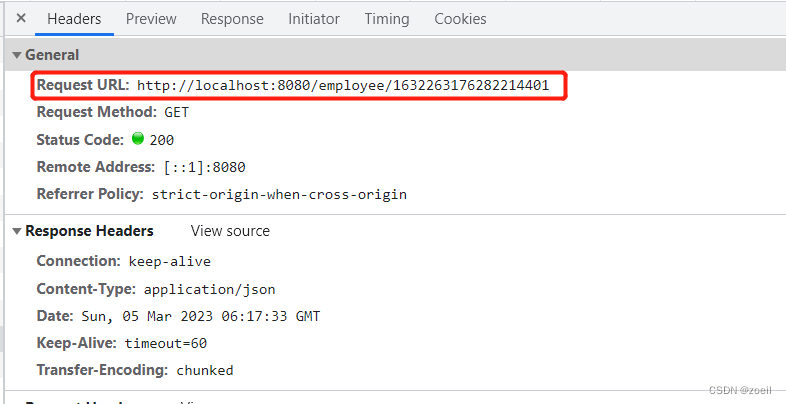
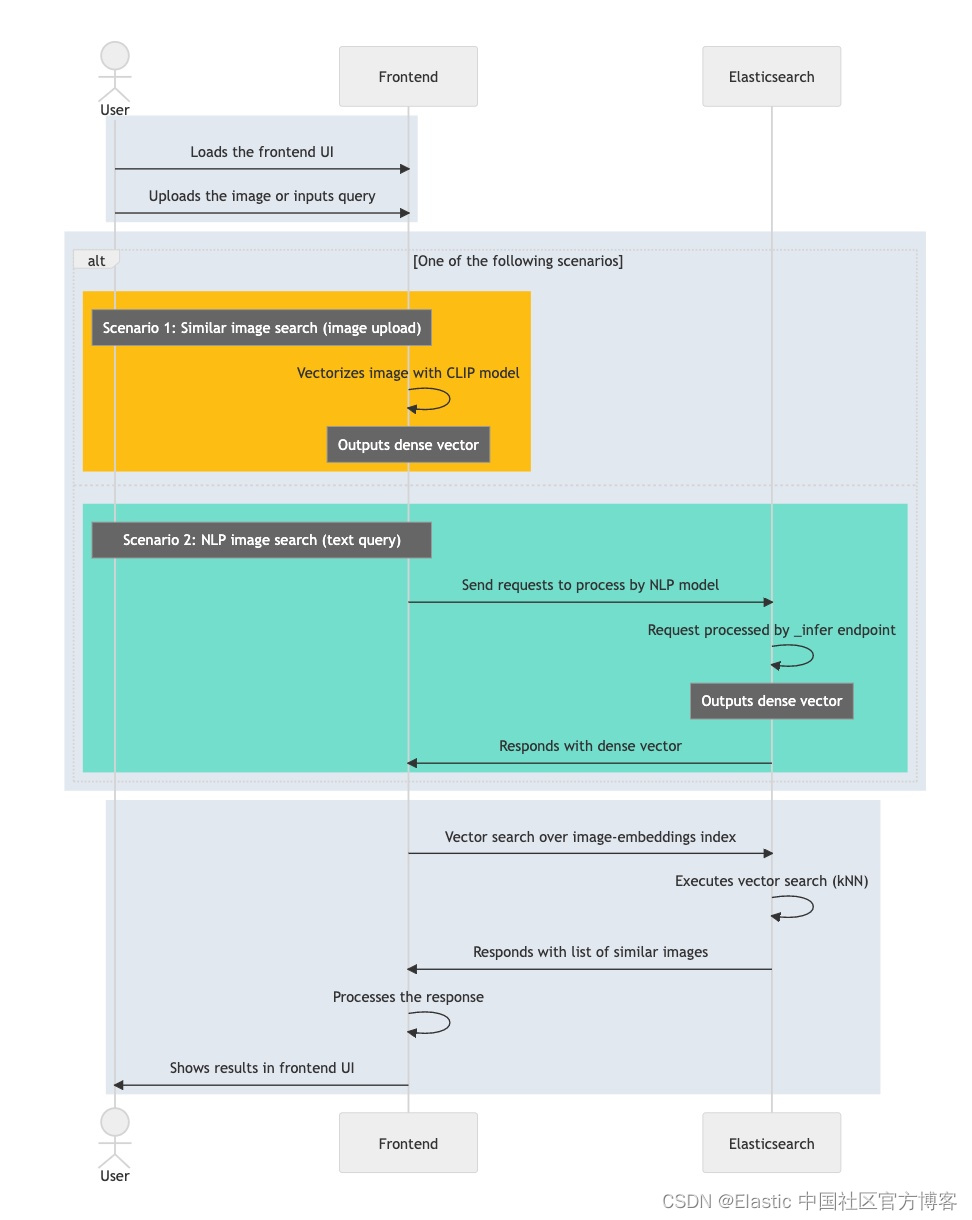



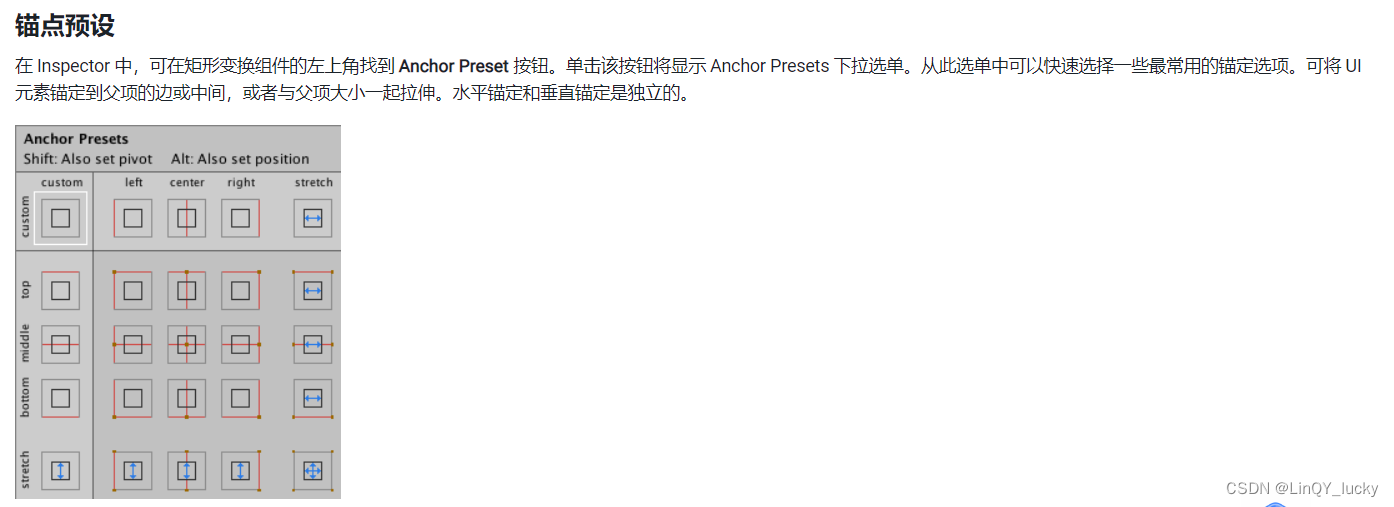
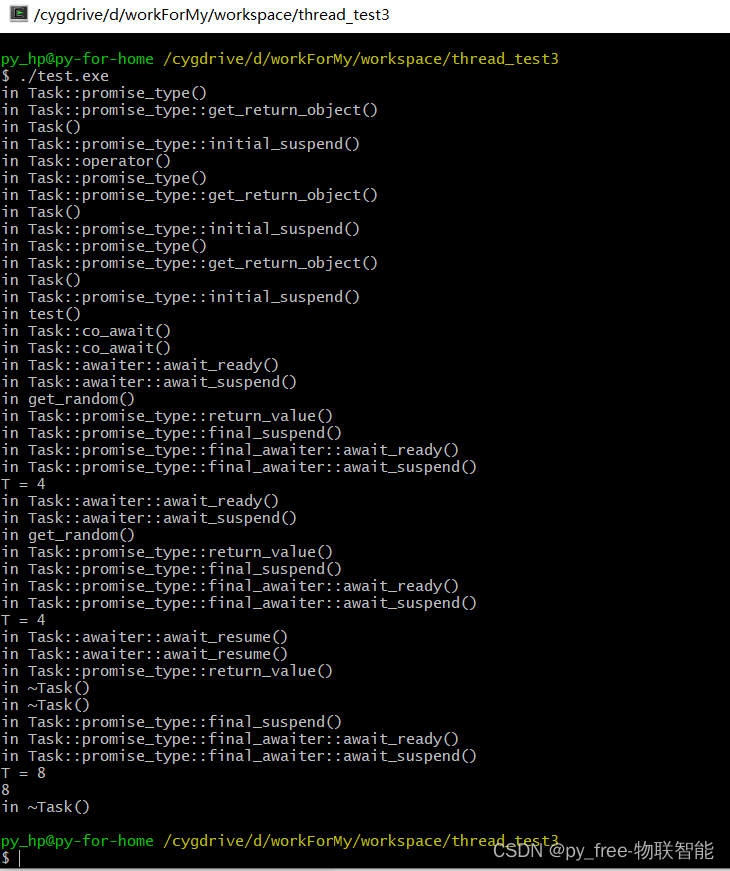
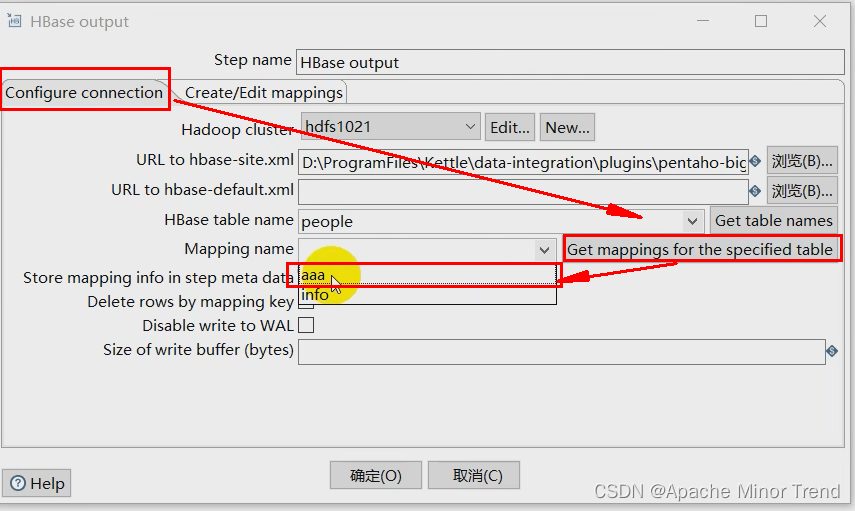
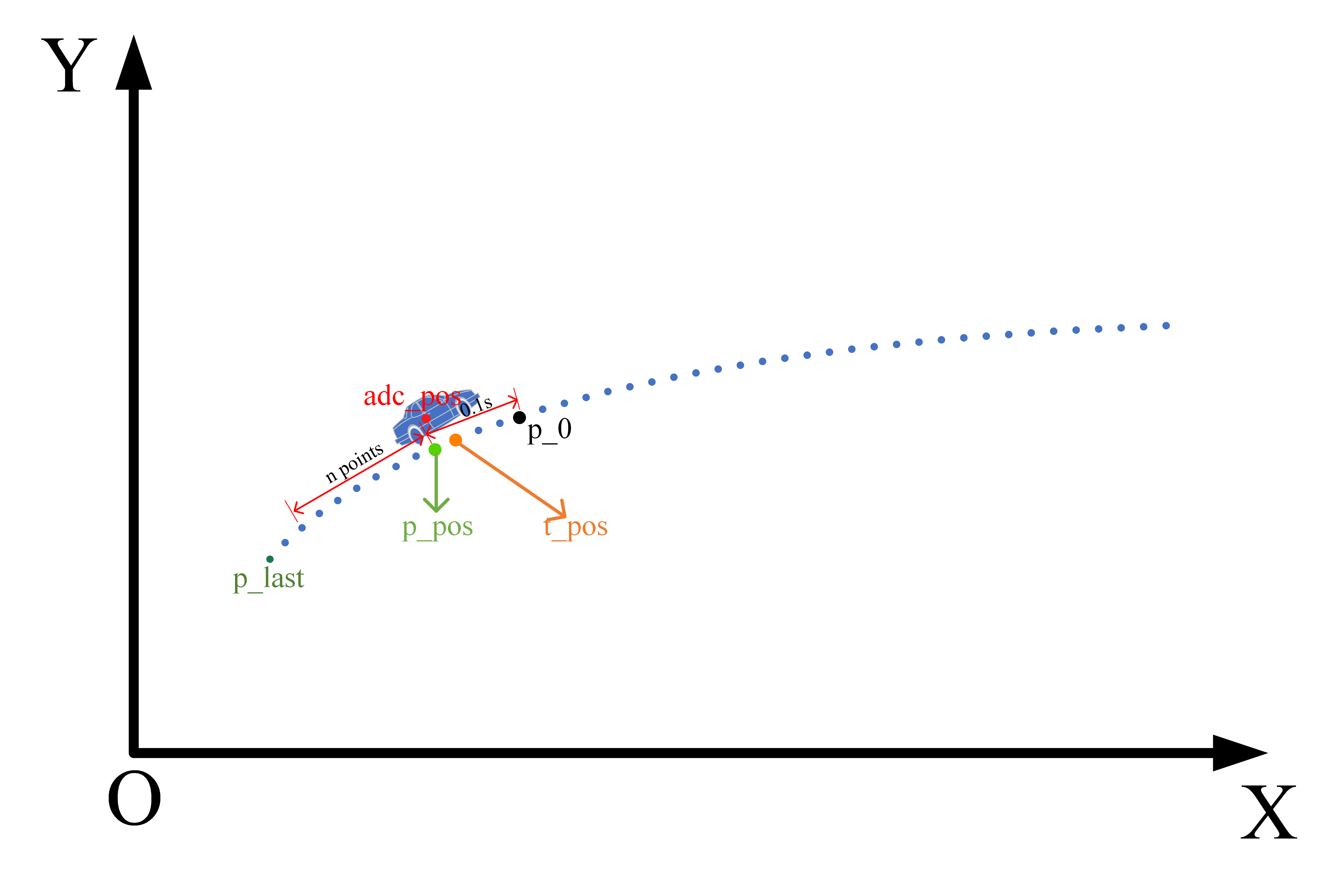


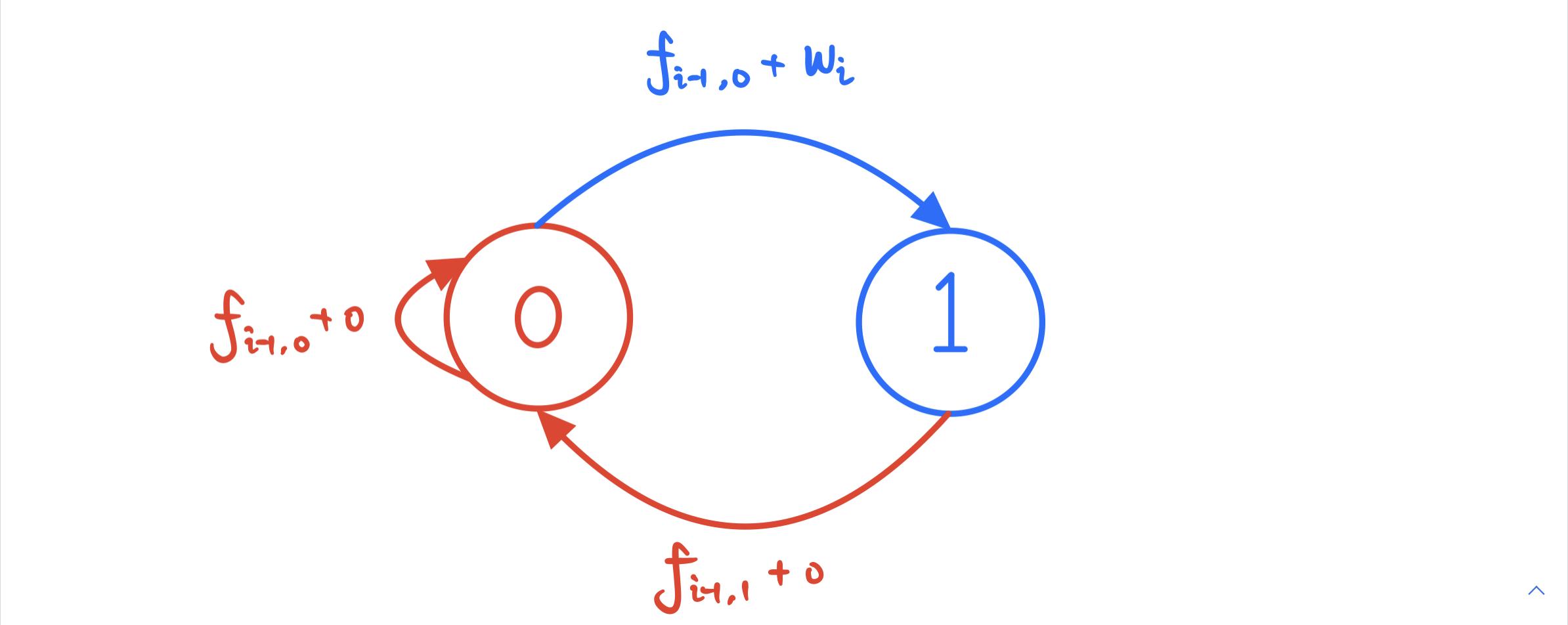
![4.创建和加入通道相关(network.sh脚本createChannel函数分析)[fabric2.2]](https://img-blog.csdnimg.cn/7ce081b9fbe5443ca4c8116d340c3d5c.png)

